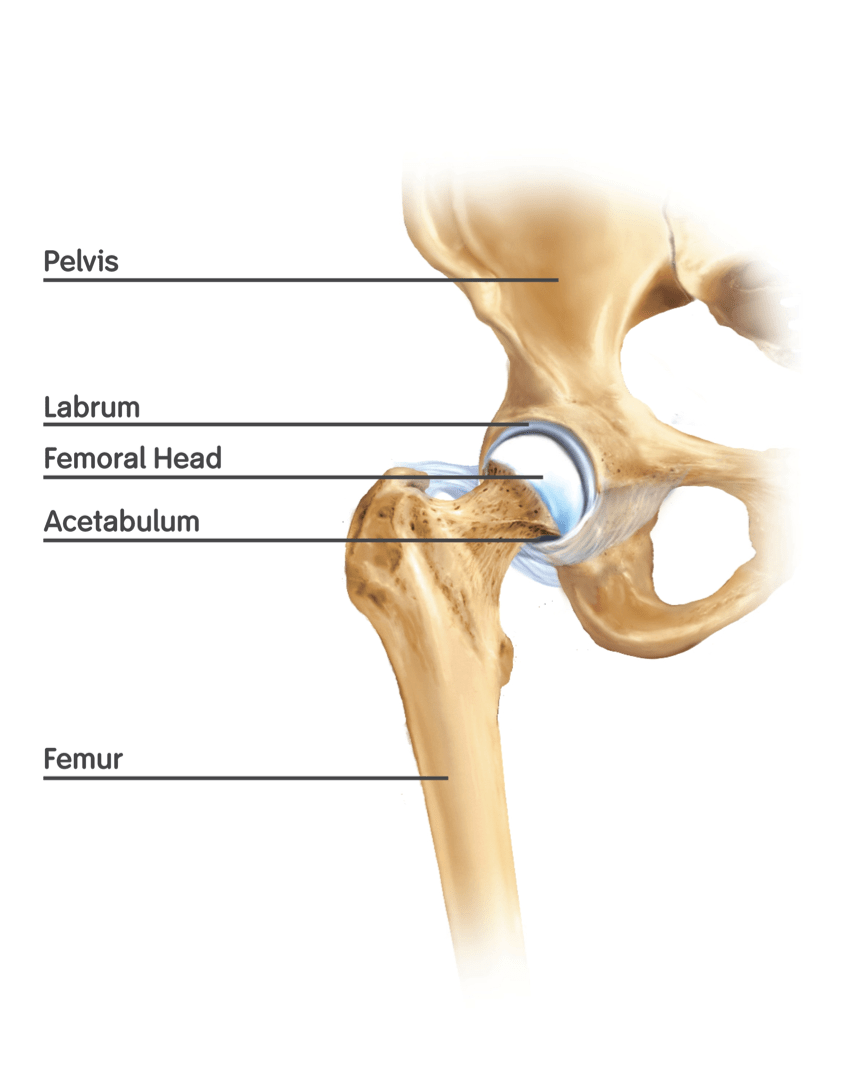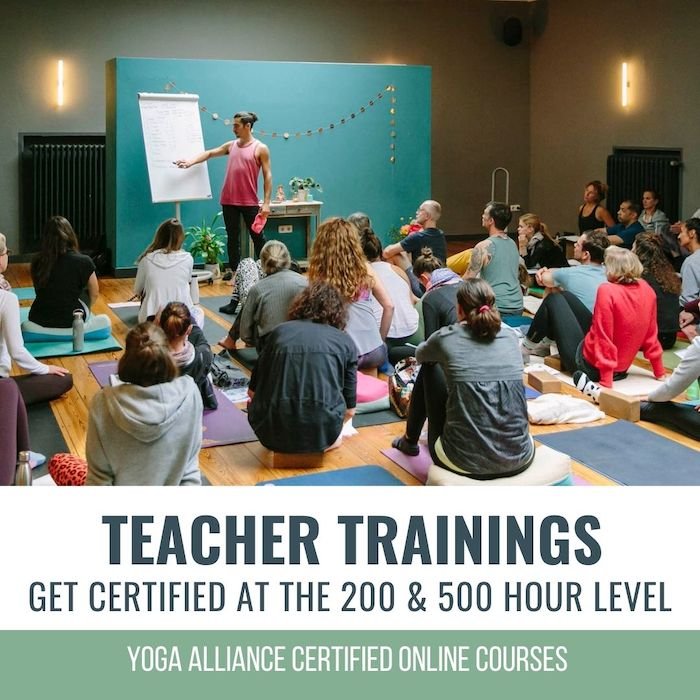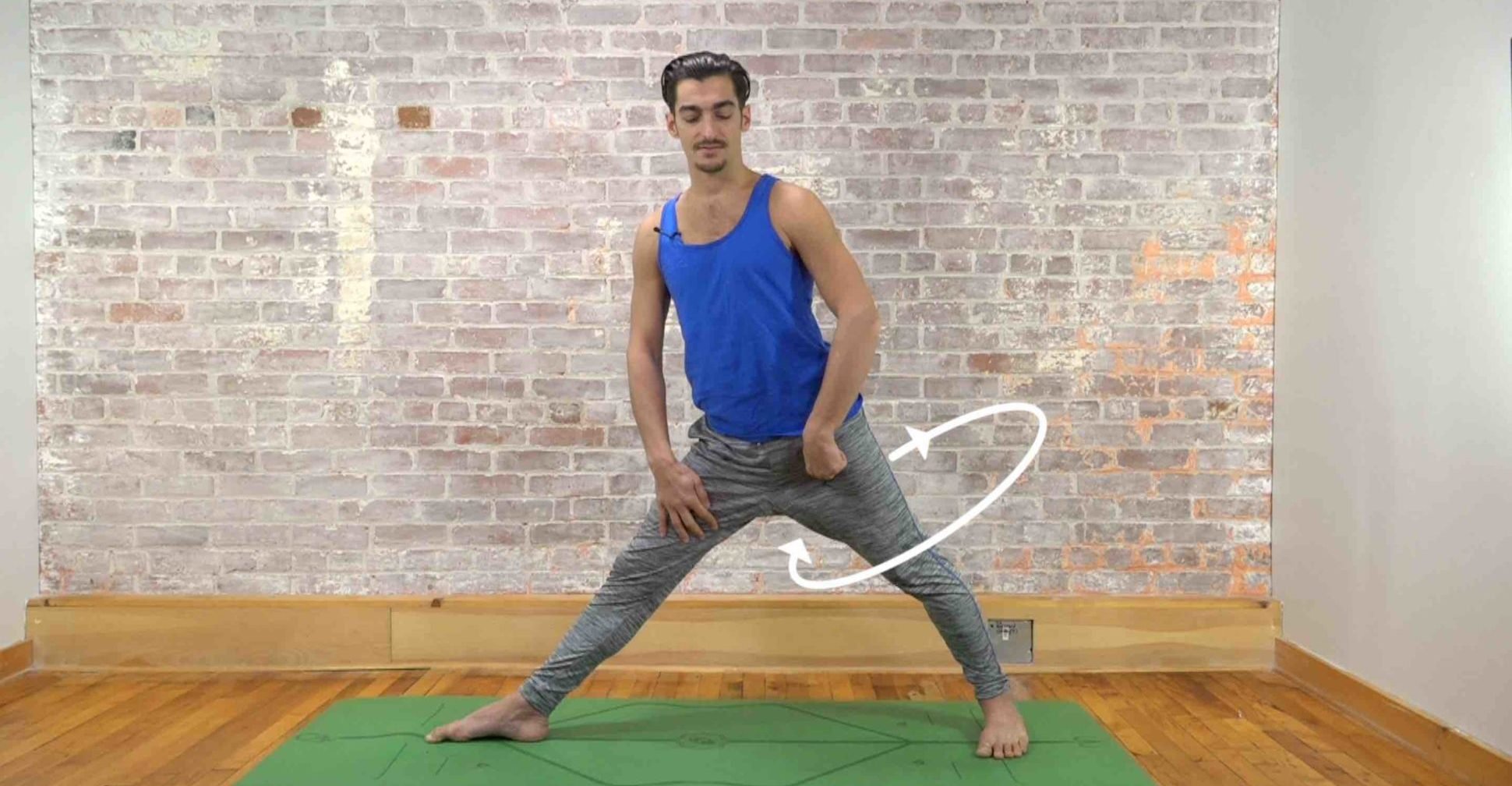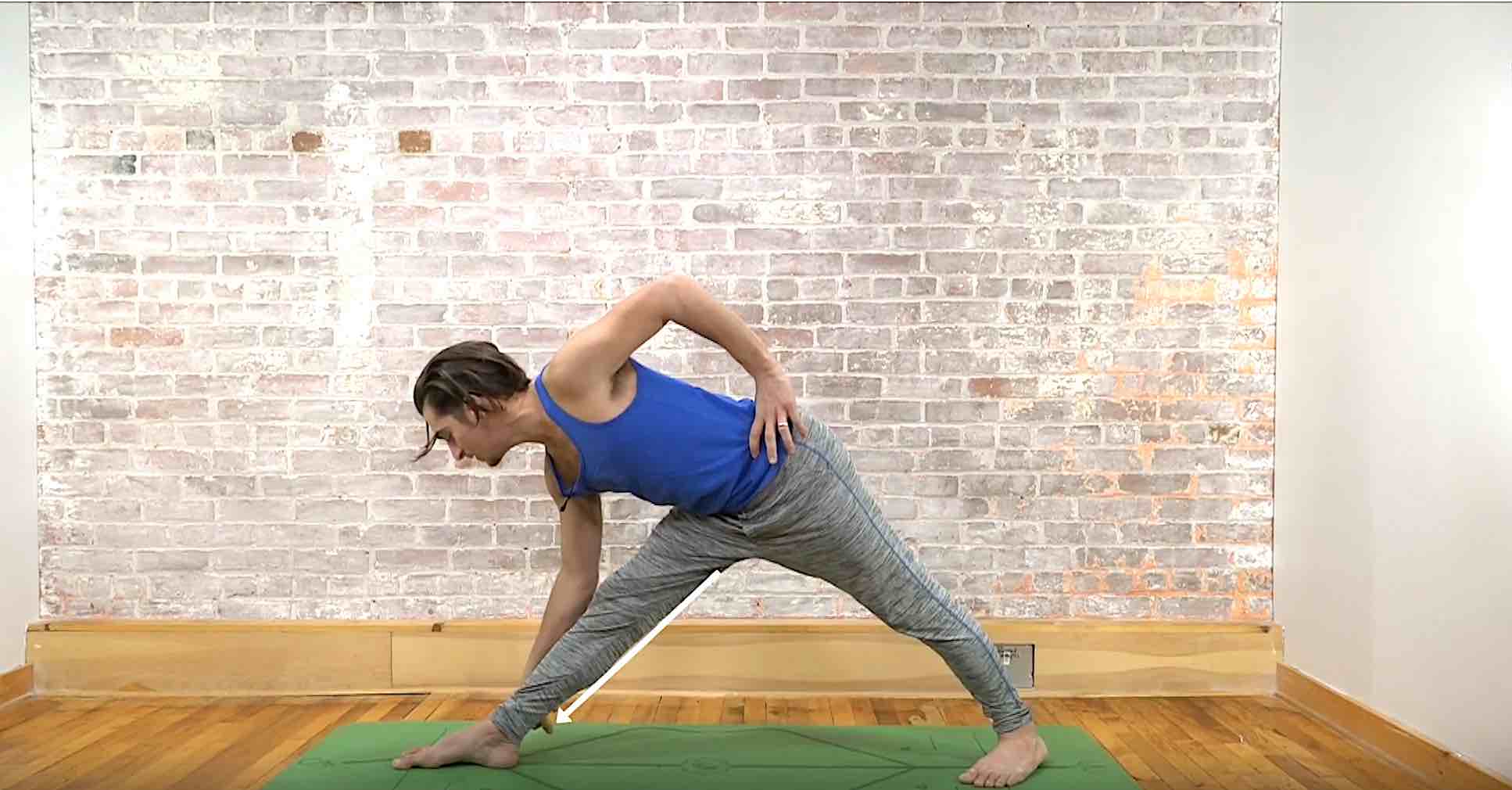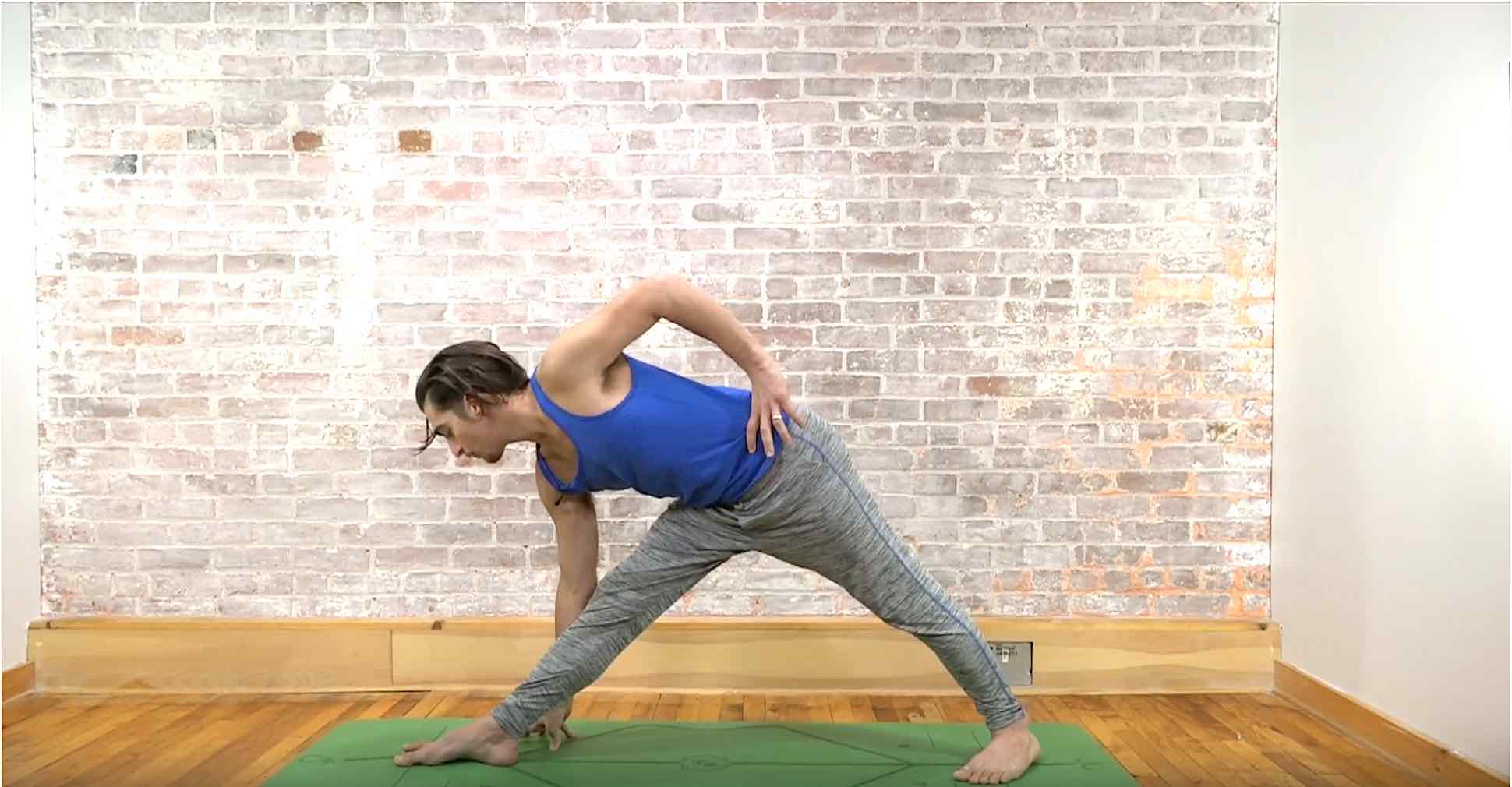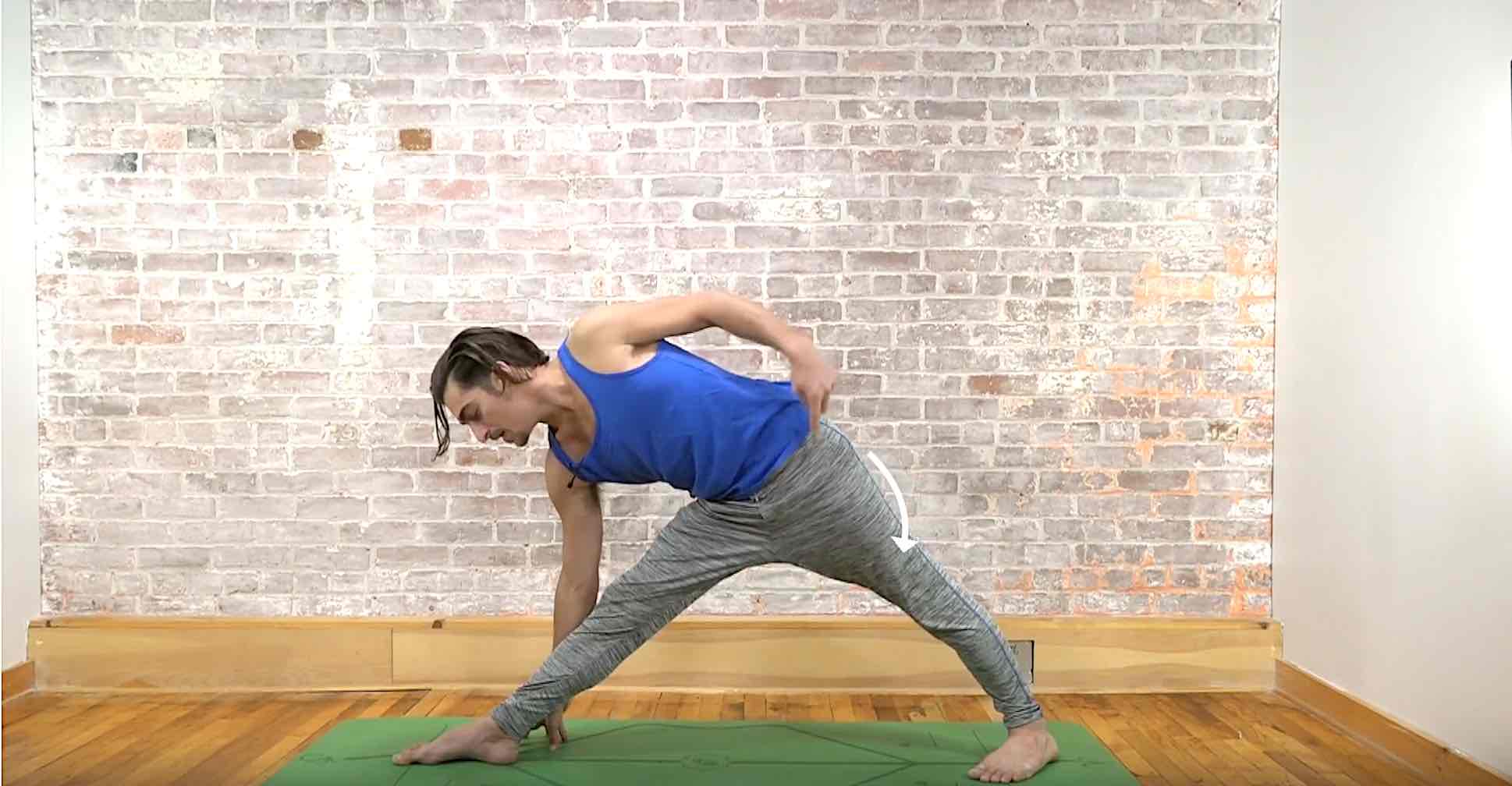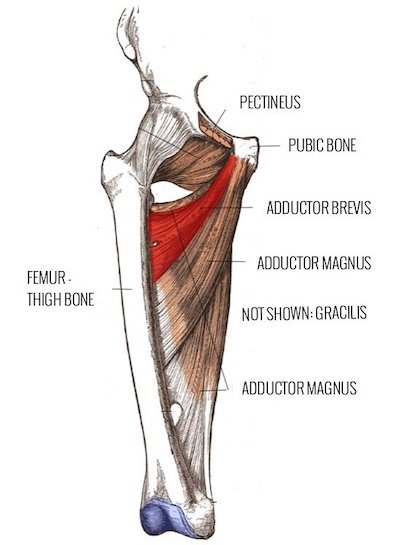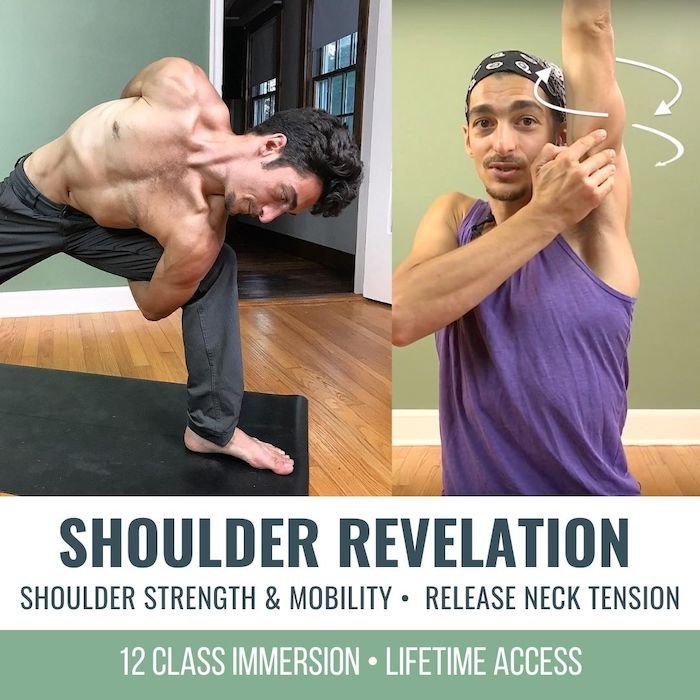Strong Hands For HandstandSTABILITYSTRONG HANDS FOR HANDSTAND When it comes to building strength for handstand, it starts at the base: our hands. Developing strong hands means targeting the wrist flexors, the very muscles that help create a trustworthy foundation....
Strengthen Your “Shelf” For Mayurasana
Strengthen Your “Shelf” for Mayurasana
How to Prepare for This Unique Arm Balance
DELTOIDS
STRENGTHEN YOUR “SHELF” FOR MAYURASANA
Let’s note that muscle groups do not work in isolation: The activation of accessory muscles, although not necessarily the focal point, are an integral part of the execution of a posture. In Mayurasana, the anterior deltoids and rotator cuff muscles may not be part of your first thoughts regarding how to execute this posture, but without considering the role they play, we simply will not be able to create the “shelf” required to create the balance we need in this posture. There is obvious core activation, not to mention strength and activation in the glutes and hamstrings, but the shelf Matt refers to in this class is the ability to hug the elbows in as tightly as possible so as to create an anchor for the pose. The anterior deltoids and rotator cuff muscles offer support, stability, and strength in Mayurasana.
SHOULDER MASTERY
WORKSHOP SERIES
- 3 livestream workshops and replays
- Nondogmatic and effective alignment
- Improve low-back health
- Shoulder mobility + heart openers
- Shoulder strength + arm balances
- Inversions, binds, neck & shoulder release
- 6 hours of continued education
- Gain strength and stability
- Increase range of motion, flexibility, and mobility
- Step-by-step guidance: Everyone can follow and participate
- Educationally infused: Learn while you embody
- Livestream optional; all workshops available as livestreams (see dates below) and as on-demand replays for life
- Automatically receive access to the replays immediately after the livestream
BLOCK SQUEEZE DRILL
In terms of teaching Mayurasana, Matt notes that it’s not an easy pose to sequence towards. Not many other postures mimic the mandatory actions, but there are certainly creative movements and drills we can incorporate into our practice in order to cultivate the inescapable strength required for Mayurasana. Of course, Matt demonstrates the actions we can take to strengthen the appropriate muscle groups. Included in this preparation, in particular for the shelf in Mayurasana, are the biceps, pectoralis muscles, anterior deltoids, and rotator cuff.
Today’s video starts off with a “block squeeze” drill. The block is squeezed between the forearms with bent elbows, while the arms are externally rotated. Our palms are facing forward, and the upper back is rounded while we “sit” in a Chair Pose position. The pectoralis muscles are engaged, but it’s the external rotation that helps us target the rotator cuff muscles.
WATCH THE VIDEO
STRENGTHEN YOUR “SHELF” FOR MAYURASANA: HOW TO PREPARE FOR THIS UNIQUE ARM BALANCE
MAYURASANA AT THE WALL AND ON YOUR BACK
Mayurasana at the Wall
Here, we can practice mimicking what we did in the block drill—squeezing our elbows in towards each other. In addition, the feeling of “trying to pull the wall up” turns on the pectoralis major, the anterior deltoids, and the biceps. We can’t lift our legs here, but we can practice the sensation of pulling our feet back to activate the glutes and hamstrings.
Mayurasana on Your Back
By pressing our feet into the ground in this variation, we can get more feedback and activation of the glutes and hamstrings. In the upper body, we practice the shape by rounding the back and placing our arms as if to set up the shelf on top of the rib cage.
200 HOUR ONLINE TEACHER TRAINING
GET CERTIFIED & DEEPEN YOUR YOGA PRACTICE
- Deepen your yoga practice
- Build confidence speaking in front of groups in person and online
- Learn foundational class structures and templates
- Learn techniques for a wide range of yoga postures
- Get certified and highly qualified to teach yoga
- Yoga Alliance Globally Recognized Certification Program
MAYURASANA “MASTERY”
In the full class, Matt reminds us that creating the shelf with our arms doesn’t mean that we are resting on top of them. What we’re actually doing is setting up a strong base, our negotiating point for balance. To achieve the final expression of the posture, it’s the angle of the bend at the elbows, the grip of the ground with the fingers, and the strength in the shoulders and upper body that allow us to shift and find the sweet spot that supports the lift of the legs. In today’s video, you’ll see how Matt shifts his weight back and forth before he locks in to the next step, where he finds authentic balance and uses the strength of the core, glutes, and hamstrings to lift his legs. The trust in the foundation that’s been created allows for this masterful execution of Mayurasana.
300 HOUR ONLINE TEACHER TRAINING
GET 500 HOUR CERTIFIED AS A MASTER TEACHER
Master your skill set as a teacher through refined techniques, anatomy, biomechanics, sequencing, philosophy, meditation techniques, theming, yoga business, and much more!
- Get 500 hour certified
- Learn anatomy, biomechanics, asana techniques
- Expand your teaching skills
- Masterful sequencing and verbal delivery
- Learn meditation and breathwork techniques
- Transformative tools: theming, dharma talks, satsang
KEY ACTIONS IN THIS ARM BALANCE
Here are the 2 key actions Matt outlines for Mayurasana (we’ll find them in most arm balance postures):
- Bending the elbows at an open angle (helps to stop us from falling)
- Intentionally leaning forward while trying to stop at the same time
For Mayurasana, more than building strength in the shoulders, biceps, core, glutes, and hamstrings, it’s about how to be very intentional in the drills we implement in our yoga practice. The only way to become masterful is to be informed and guided through drills like these and, of course, to practice the posture itself.
In Matt’s upcoming 3-part series, Shoulder Mastery, he’ll delve into more about shoulder strength for arm balances, along with a deeper understanding of the shoulders when it comes to inversions, binds, and even releasing the neck.
Strength without action offers no direction. Register for the workshop series today!
The 200 Hr. Teacher Training: Click Here to See the Next Start Date
The 300 Hr. Advanced Teacher Training: Click Here to See the Next Start Date
Article by Trish Curling
Videos Extracted From: Anatomy of Arm Balances
ONLINE ANATOMY COURSE
- Accessible, exciting, and easy to learn
- Anatomy and biomechanics for yoga
- Appropriate for both teachers and students
- Learn joint alignment vs pose alignment
- Demystify yoga poses and transitions
- Release aches and pains
- Learn how to avoid common injuries
- Caters to all levels with modifications and props
- 20 hours Continued Education Credits with Yoga Alliance
- 20 hours toward Chromatic Yoga Certification and 300 Hour
- Lifetime access
Continue Learning
Strong Hands For Handstand
Handstand Actions
Handstand ActionsLEAN, GRIP, PUSHHANDSTAND ACTIONS Handstand isn’t something we conquer in a single class, it’s a layered process that demands repetition and refinement. There are certain key handstand actions that are non-negotiable: lifting the shoulders up to the...
Handstand Mechanics
Handstand MechanicsINVERSIONHANDSTAND MECHANICS Stability, strength, and coordination come together in the pursuit of mastering handstand mechanics. One of the most critical foundations is internal rotation at the hip joints, which can aid with certain entries and...
Stable Sirsasana
Stable SirsasanaHEADSTANDSTABLE SIRSASANA Creating a stable Sirsasana is less about the final pose and more about the mechanics that lead us there. From weight transfer and spinal alignment to hamstring flexibility and shoulder engagement, each layer matters. Unlike...
Explore Hip Rotation
Explore Hip RotationSURYA YANTRASANAEXPLORE HIP ROTATION Hip rotation isn’t just an anatomical concept—it’s an open invitation to become more intimate with our body’s story. In yoga, we often live in lateral (external) rotation, especially in hip-opening postures....
Step Up Your Side Plank
Step Up Your Side PlankVASISTHASANASTEP UP YOUR SIDE PLANK Side Plank might look simple, but true proficiency starts in the details. One of the keys to refining the posture is learning how opposing muscle groups create an isometric contraction—a subtle engagement that...
THE FREE TECHNIQUE PACK
When You Subscribe, You Will Get Instant Access to
- the Technique Pack: 15 yoga pose breakdowns
- exclusive online course discounts
- exclusive blogs and videos
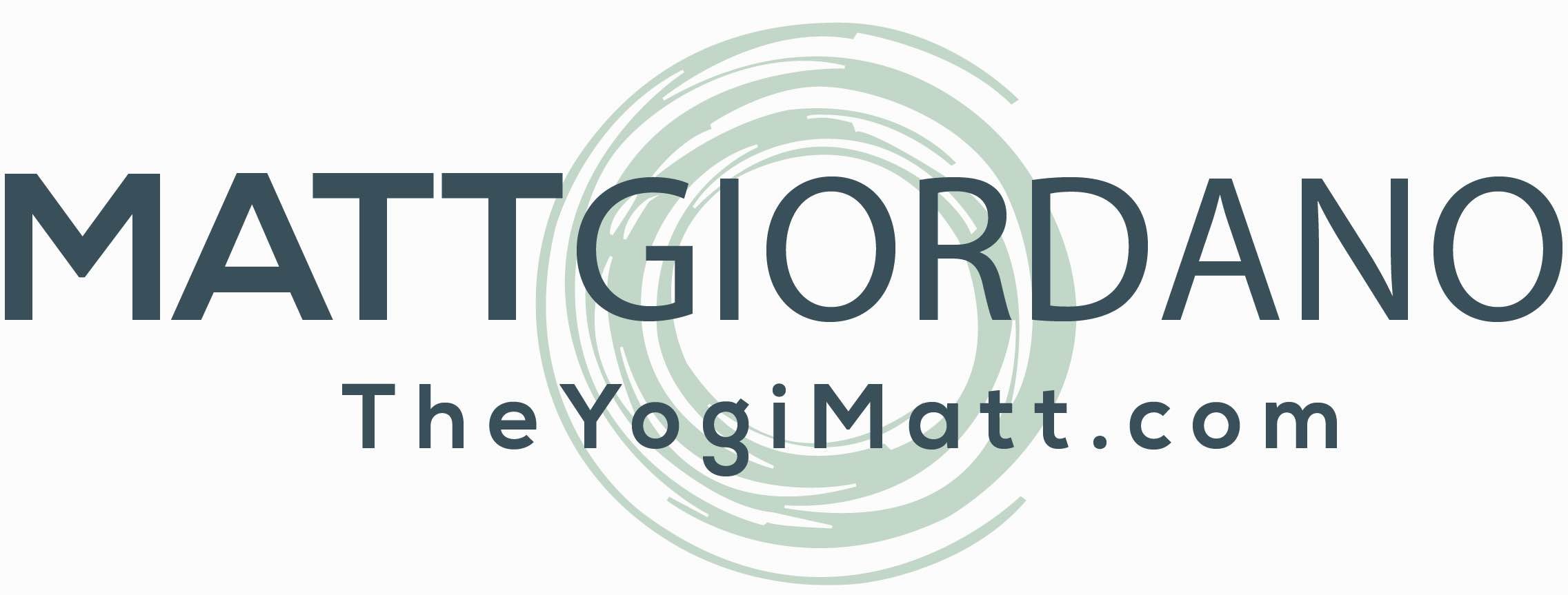
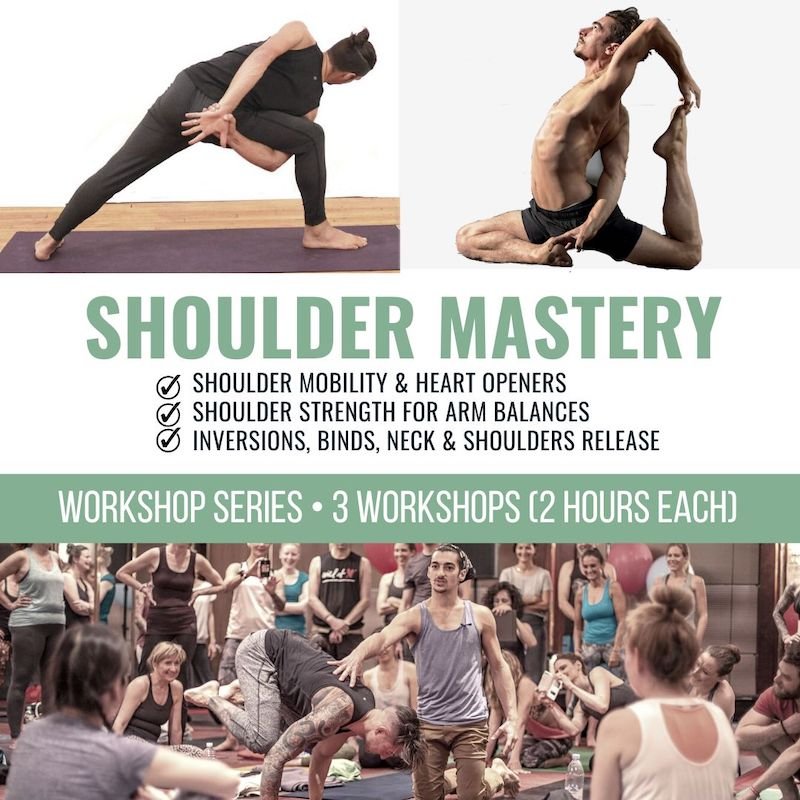



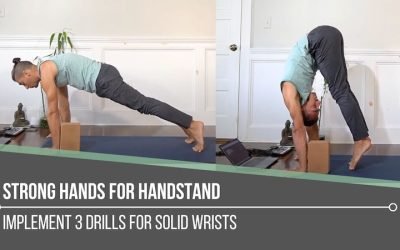
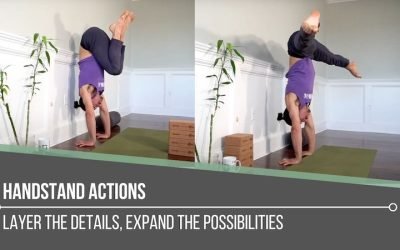
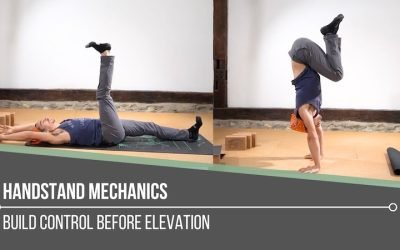
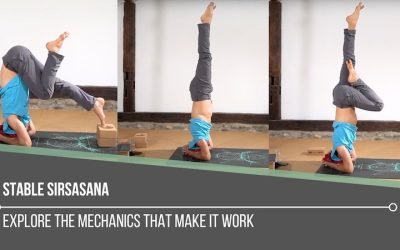
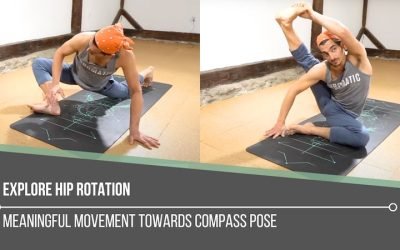
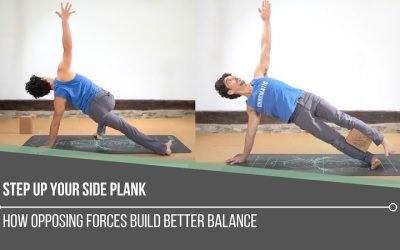
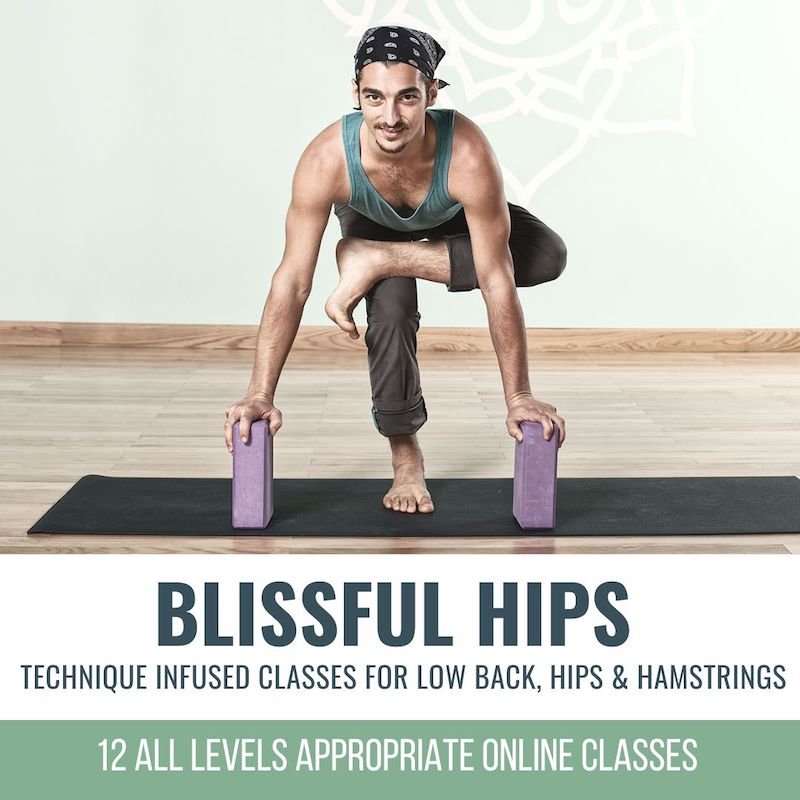
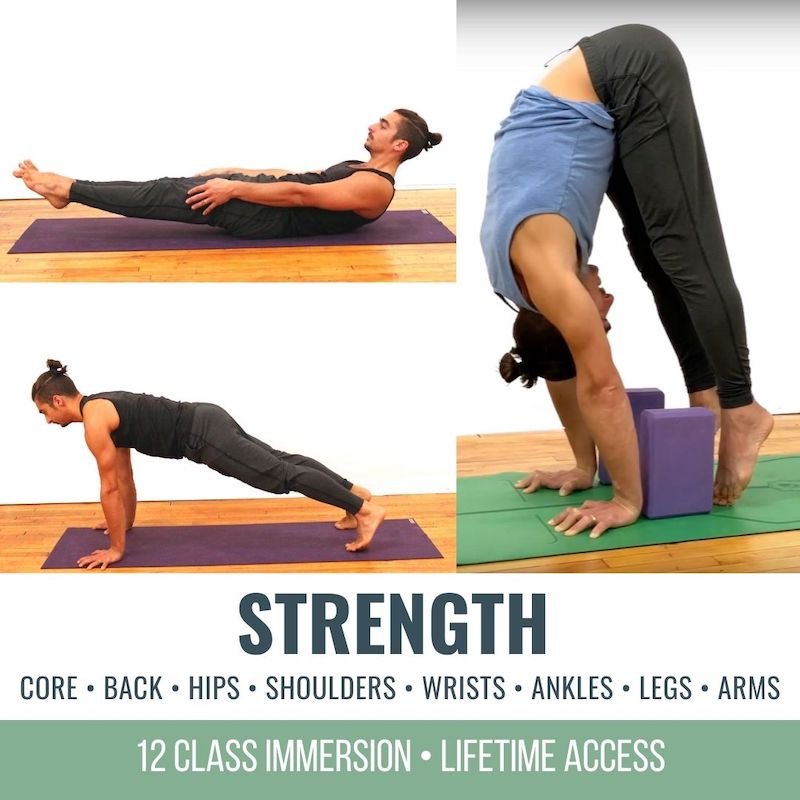
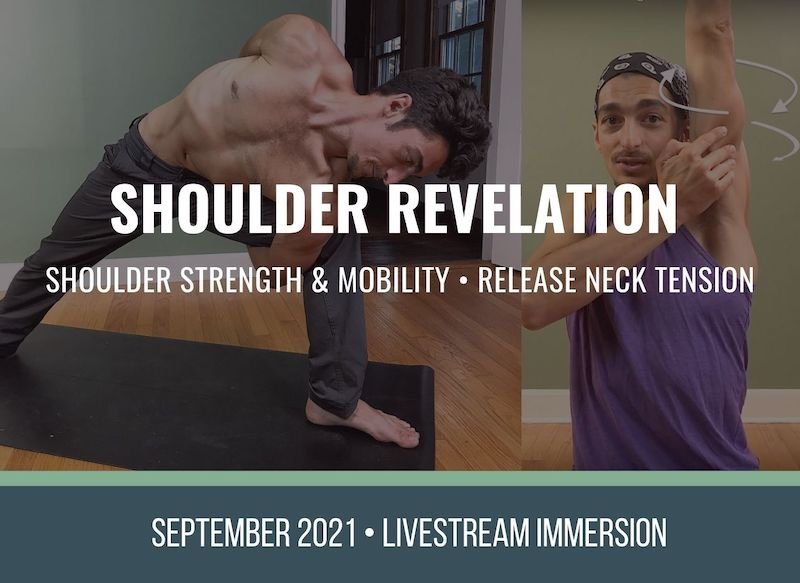
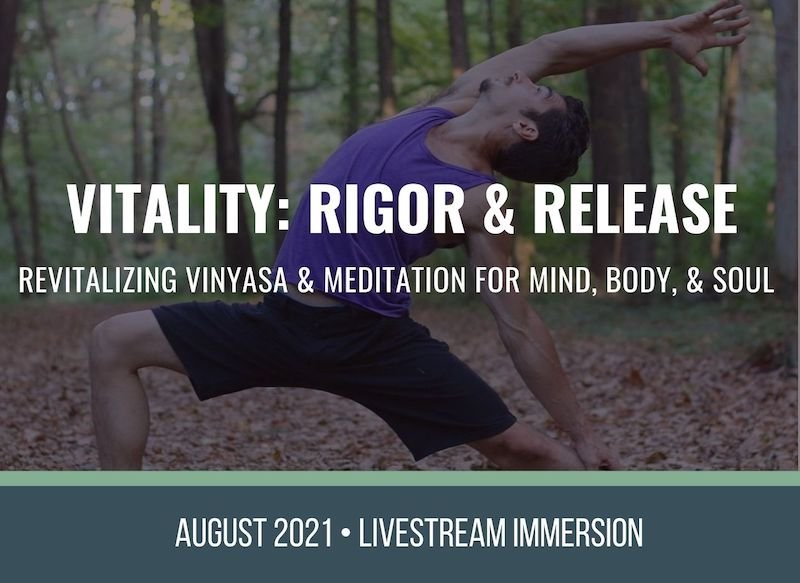
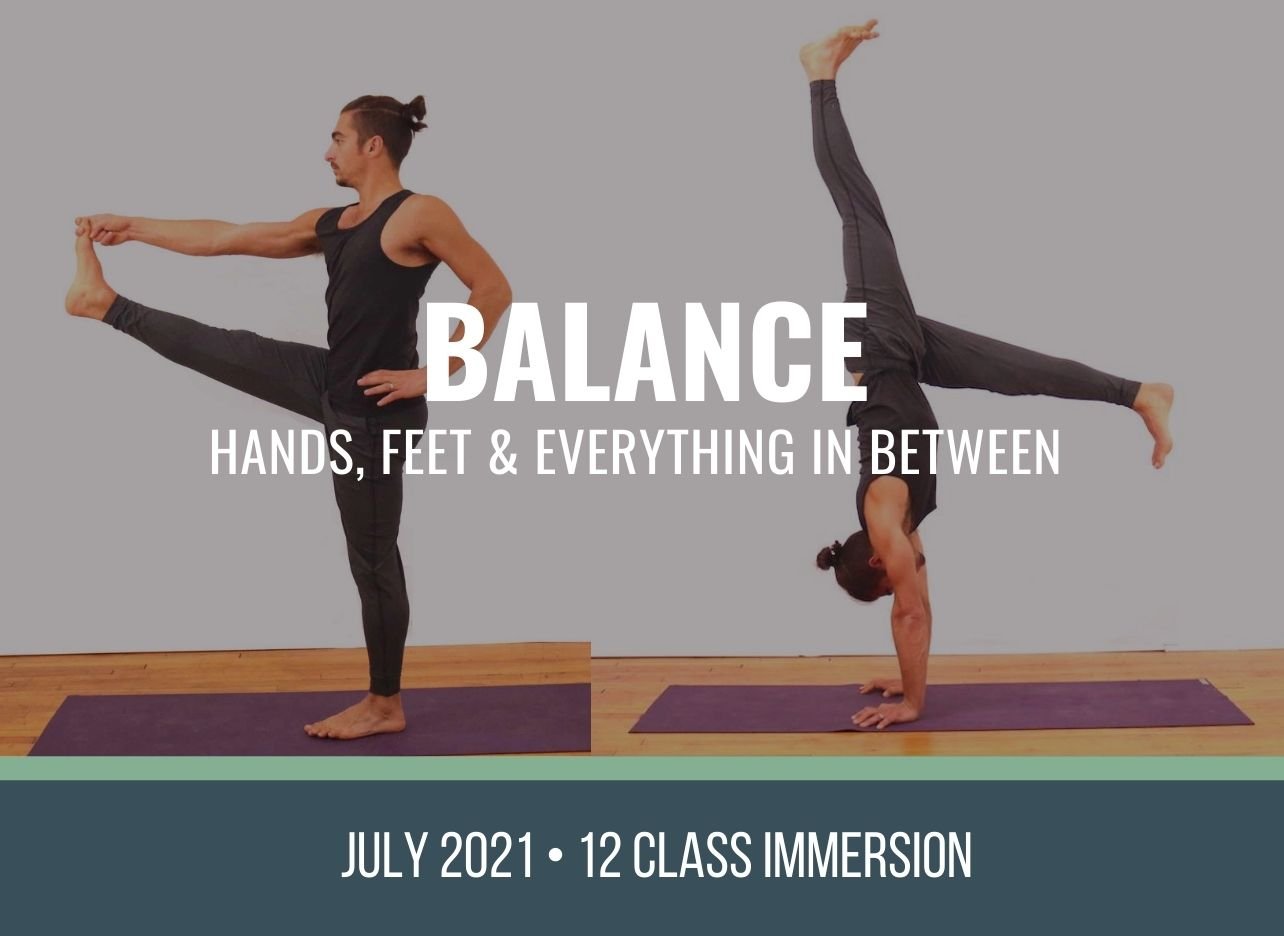
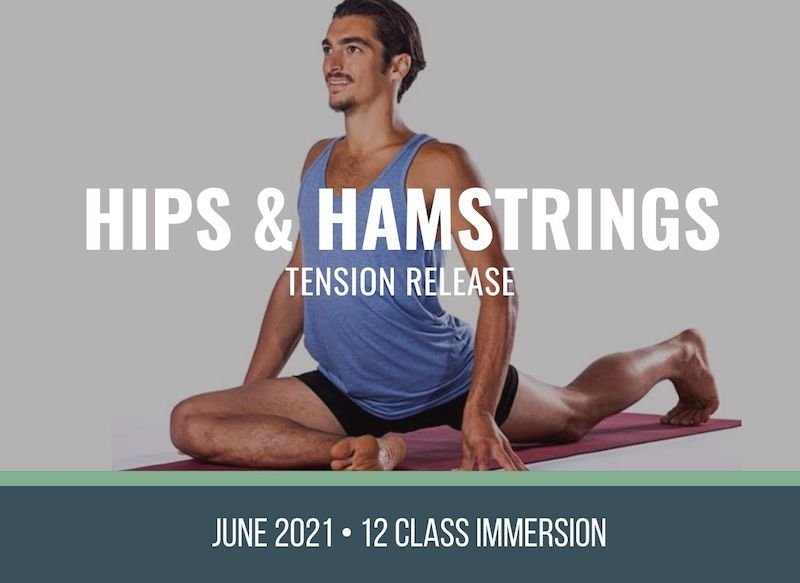
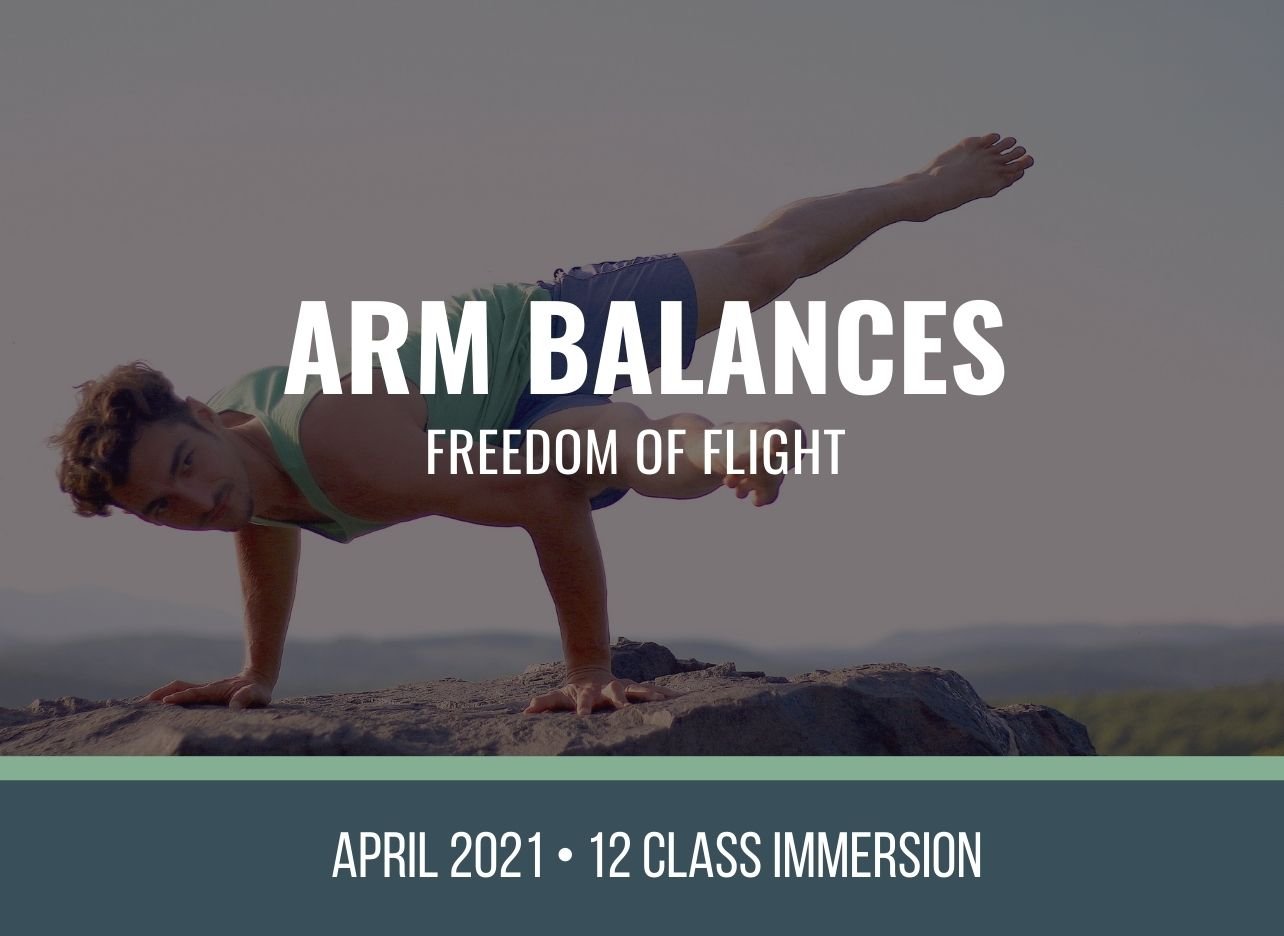
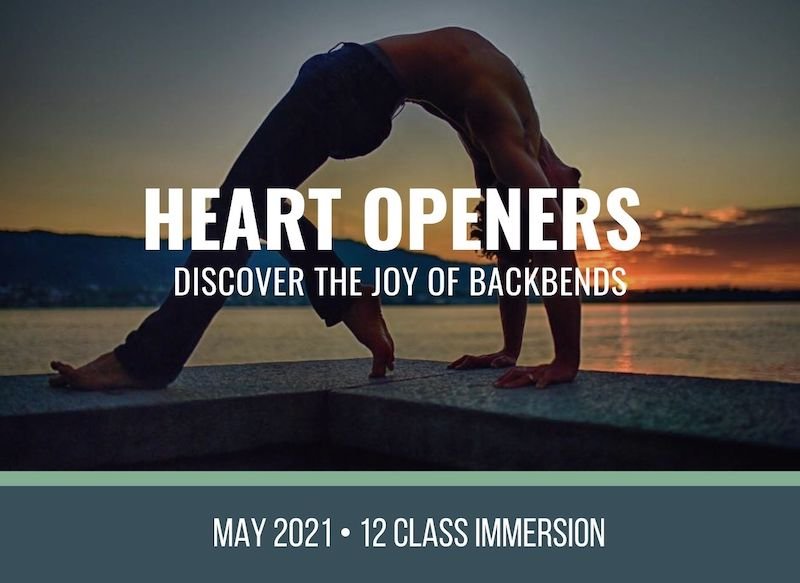
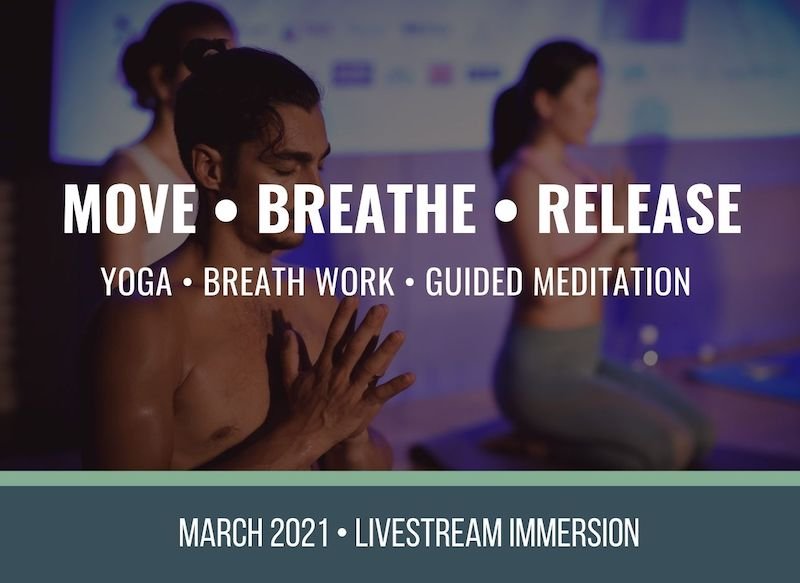
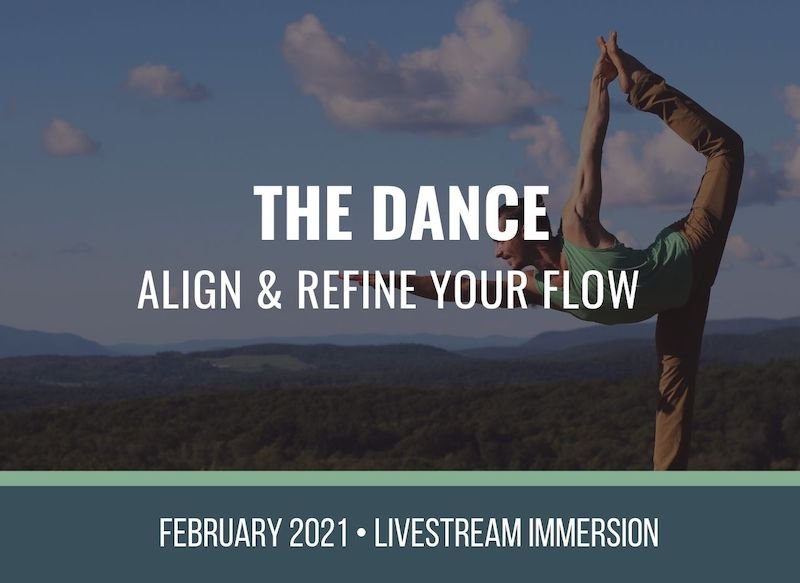
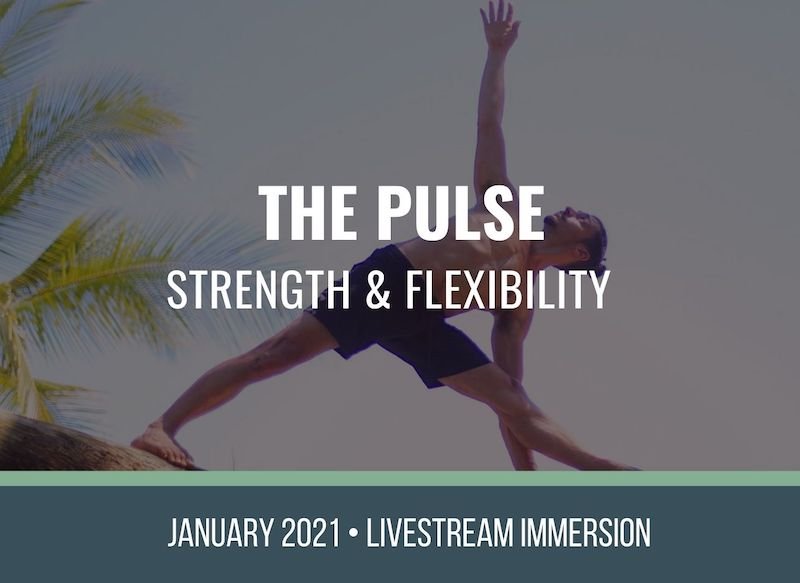
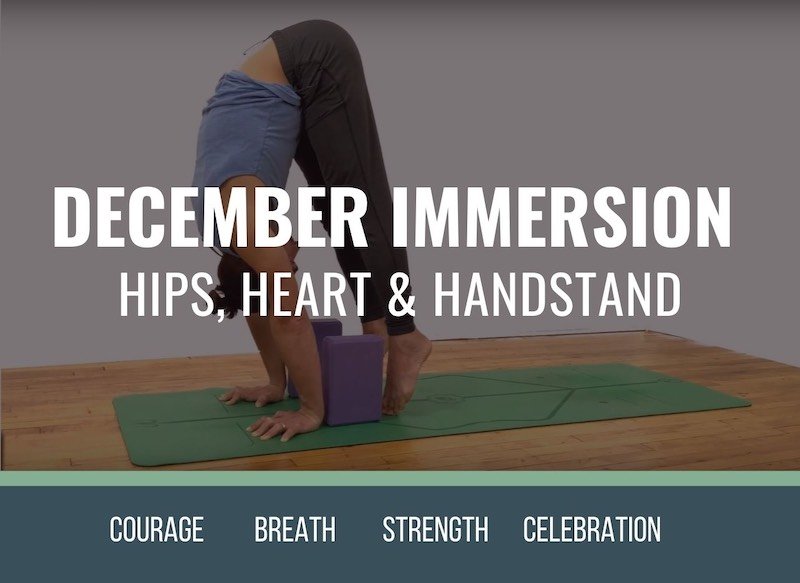
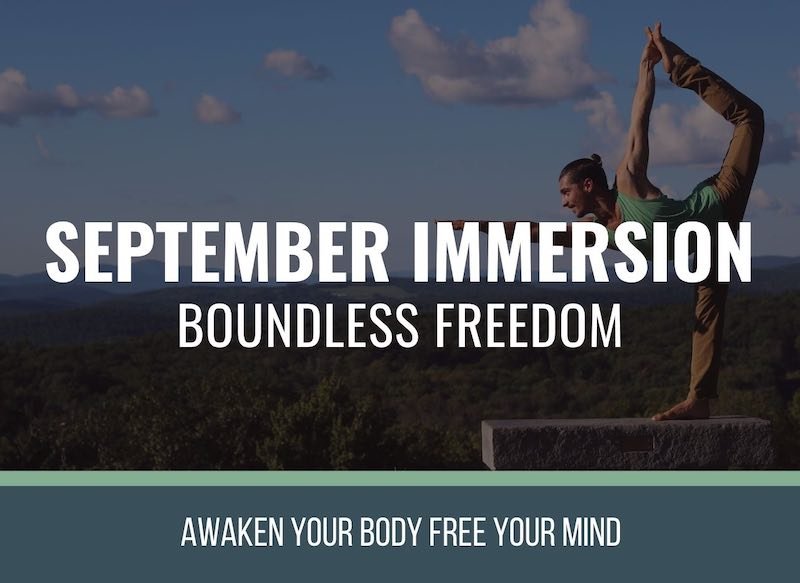


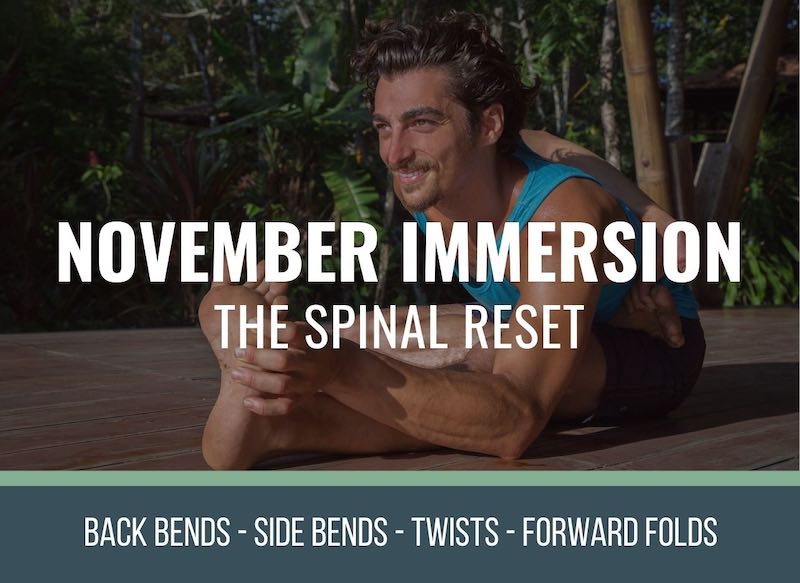
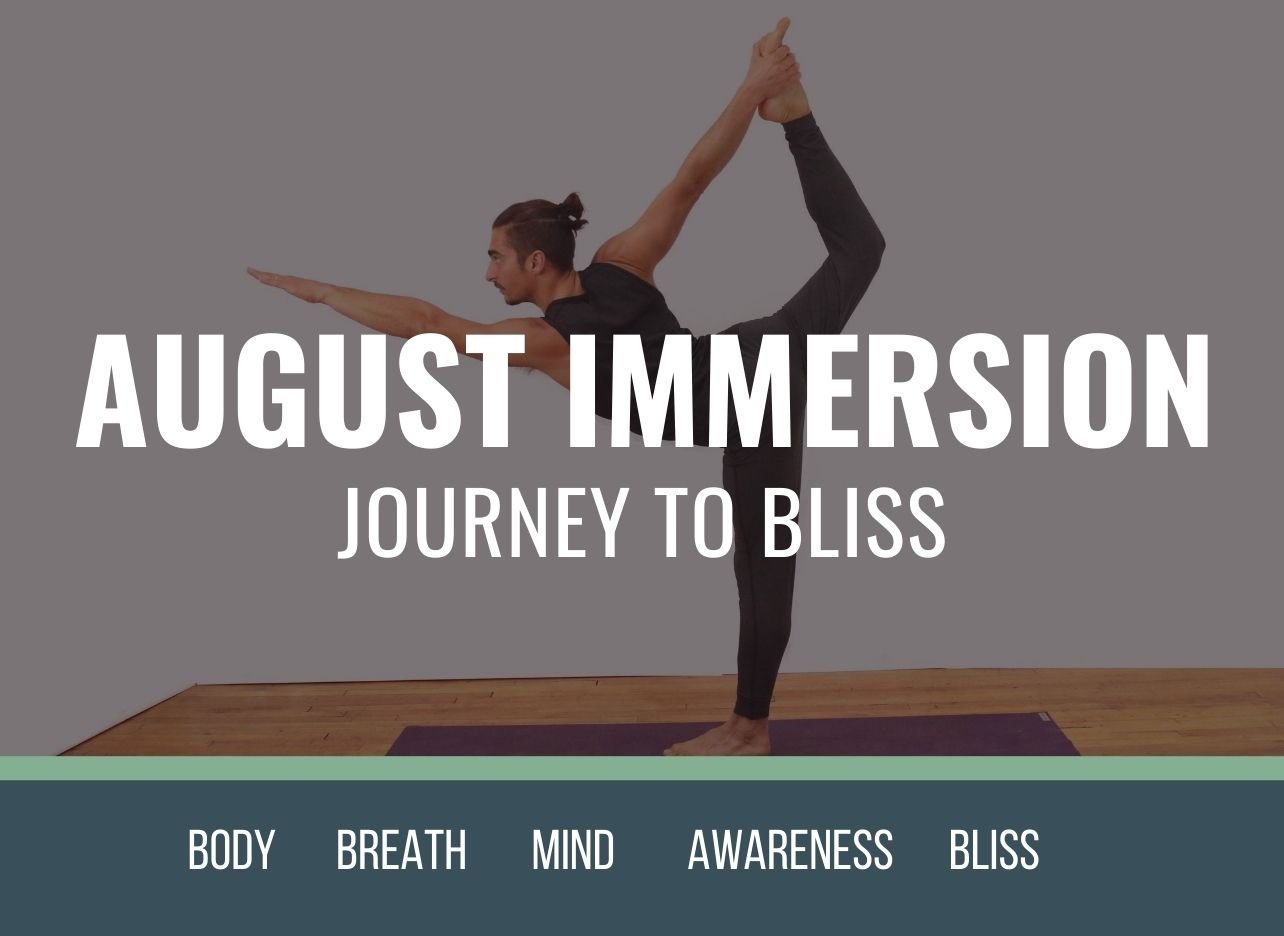

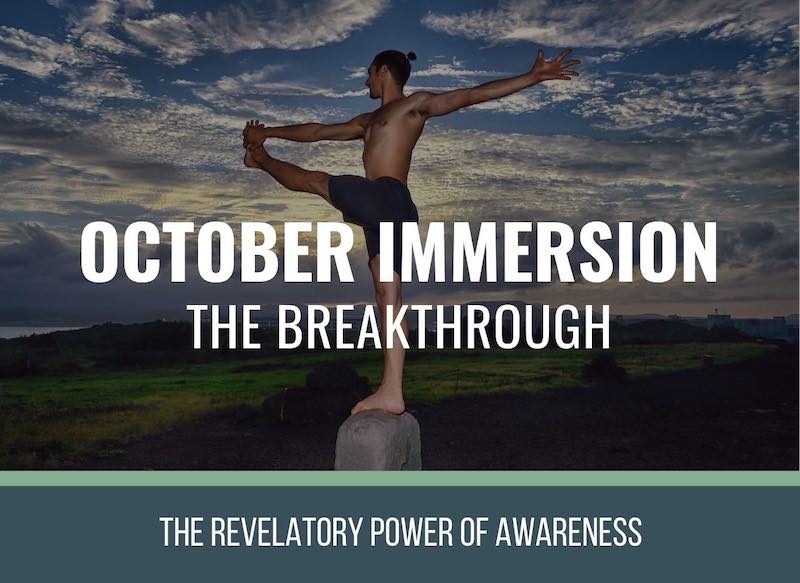
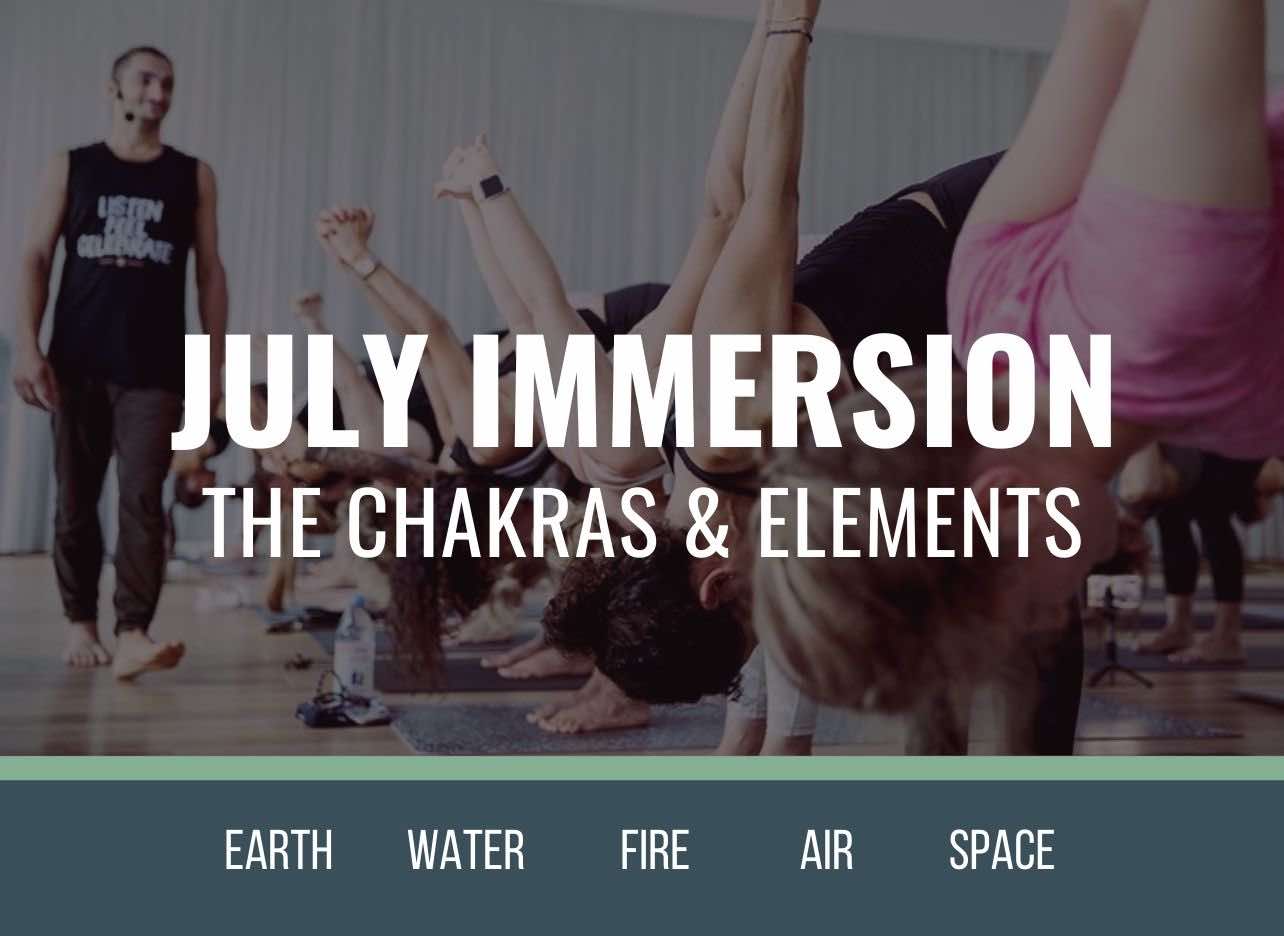

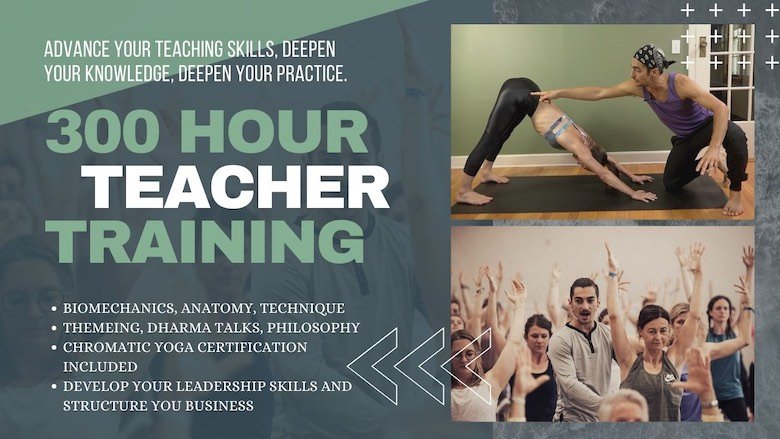
![200 hour horizontal yoga backbend techniques: 12 classes [backbend technique to relieve back pain "bowing the spine']](https://www.theyogimatt.com/wp-content/uploads/2020/09/200-hour-horizontal.jpg)
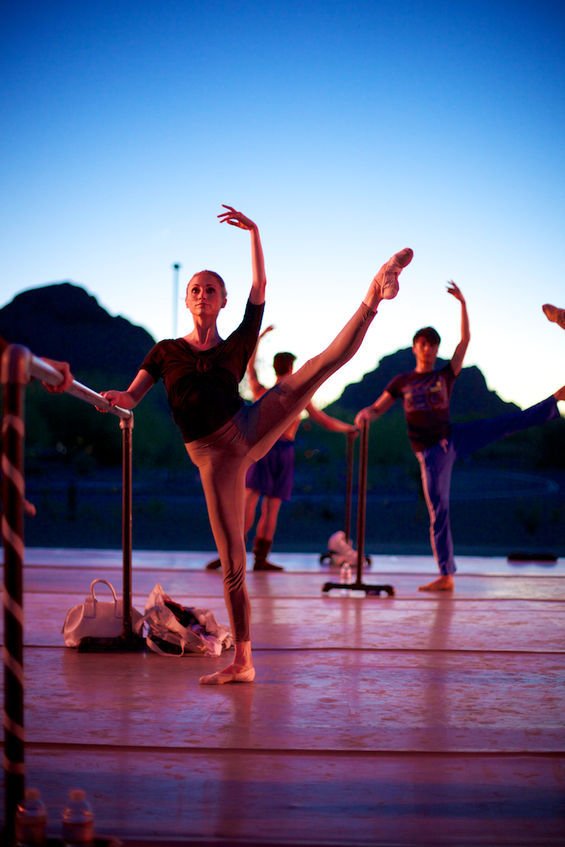
![Archna Mohan chromatic yoga backbend techniques: 12 classes [backbend technique to relieve back pain "bowing the spine']](https://www.theyogimatt.com/wp-content/uploads/2021/10/Archna-Mohan-chromatic-5.jpg)
